A pale thread weaves its way among beads tarnished by the passing of time. It brushes against delicate flowers and entwines with the remnants of fibers from a small, formless mound of lint, traces of countless students who, over time, have been tethered to their chairs. Together, they blend with the fabric of wallets and encircle faces both young and old, strangers who (sometimes) look at you with cheerfulness. They bind together shards of industrial ceramics, coat simulacra of epithelial fragments, and disappear into the fur of a massive, black cat.
The aforementioned weave conceals the multiple identities that artists Dóczy Berde Amál, Thea Lazăr, Ana Avram, Chilf Mária, and Lea Rasovszky allow to surface through the exhibited objects. The works respond to the exhibition’s centerpiece, a diary of textile fragments by the painter Dóczy Berde Amál. A remnant from another era, crafted by the artist for private use, the journal is now on display, granting the privilege of glimpsing fragments of history which become intertwined with the artist’s own micro-history and, simultaneously, an ad-hoc history of fashion. The textile fragments give color both to the artist’s life, which flows before the viewer’s eyes, allowing her to be glimpsed in her multiple facets as a young girl, wife, mother and artist, and to historical episodes from a complicated period in Transylvanian history: the interwar period. Hints of Hungarian identity (through “The skirt of a Szekler lady’s dress”and “The Cape of My Hungarian Dress”) or strained relations with Russia (through “A Woven Coat from Covasna […]. […] Taken by the Russians from the Csillaghegyi summer cottage”) are also subtly discernible. The object, a veritable showcase full of the artist’s personal history, is also strikingly precious due to the fragility of the materials embedded within its pages. Visitors have access to both a reproduction of the journal, complete with a transcription of its text in Hungarian and translations into Romanian and English, and a facsimile displayed page by page on the wall, juxtaposed with the original object, showcased under glass and opened to the page featuring the dress cover “from Emil’s legacy”[1]. The Diary is accompanied by the artist’s Self-Portrait, the first work on which the visitor’s gaze falls upon entering the gallery and which unambiguously establishes the starting point of the exhibition.
The juxtaposition of classic mediums – painting, present only through the self-portrait of the artist active in the interwar period, drawing, through the works of Lea Raszovsky and Roberta Curcă, sculpture, through the works of Ana Avram, recent media, the video work of Thea Lazăr and installation, through the works of Thea Lazăr, Chilf Mária and Roberta Curcă – creates the perfect context for the recontextualization of the textile diary, now elevated to an art object. In this instance, the Duchampian gesture belongs to the curator, who decides that a collection of ordinary objects, transformed by the artist into an intimate account, can itself become a work of art.
Accompanying this historically charged object with pieces conceived as works of art from the outset, whether sculptures or installations, poses a challenge for both the curator and the artists. Transgressing the boundaries between collection and artwork becomes easier in the context of current artistic practices. The exhibition can be seen as bringing together three types of collections: impersonal (Thea Lazăr and Roberta Curcă), personal and tangible (Dóczy Berde Amál, Ana Avram and Chilf Mária), and personal yet intangible (Lea Rasovszky). Remarkable for the diversity of collecting methods it presents to the public, the exhibition succeeds in dissolving temporal and geographical boundaries. Linking the interwar period with the present, bringing together artists from Cluj and Bucharest, both Hungarian and Romanian, it shapes the practice of collecting as a natural habit among the artists, one that transcends time and space.
The acts of collecting, though impersonal in nature, still reflect the artists’ concerns, offering subtle clues about their identities. Thea Lazăr’s botanical preoccupations, visible in Lampions and Other Memories, transform dried plants from the subject of herbarium pages into the central figures of small-scale panels that evoke classical painting. Together, they all gravitate around a video work, creating a bridge between the natural and the artificial. Shifting focus to the urban environment, Roberta Curcă presents a collection of industrial ceramic fragments taken from buildings. Tiles challenges visitors to reconstruct decorative trends in urban spaces, piecing together a fragmented and impersonal history of architecture born from the artist’s fascination with these objects, which are gradually vanishing from public spaces. The artist brings together objects that have every chance of becoming true vestiges in the not too distant future. The aspiration to achieve this status seems to be apparent in the drawing illustrating these pieces, which has the semblance of an archaeological reconstruction.
From the category of collections where the personal dimension is highly visible, Ana Avram stands out with two small sculptures. The Lint from the Chairs at Casa Matei 2024 presents to the audience fragments of clothing from all who have ever sat on the chairs at Casa Matei (the venue for lectures and theoretical seminars at the University of Art and Design in Cluj-Napoca). Inevitably, a tiny fragment of the artist’s own clothing must be present there. This unordered collection offers a glimpse into studenthood, that fleeting fragment of her life and many others. Aspects of childhood become evident in I Wouldn’t Have Been Able to Save You Anyway. Accompanied by a poem evoking the maternal figure, this object is a collection of substitutes for epithelial fragments that seem severed during a surgical procedure. The photographs found in wallets raise questions about Chilf Mária’s intimate circle. If only part of My Treasure, Your Treasure, Their Treasure… originates from her family and acquaintances, we are left to wonder which among them are known and which are strangers. With no additional clues, the viewer can once again reconstruct only past moments, guided by the evolving styles in wallet design or by identifying trends in the hairstyles and clothing of the photographed individuals.
Another type of personal collection features Lea Rasovszky, who chooses to shape a collection of memories. The artist proposes the term tristoids, imperfect drawings that mimic iconic characters from children’s animation. Tristoids p.1 2024 is a collection of memories that takes a visual form, perceptible to others. In the image available to the public, the grotesque dimension combines with nostalgia for childhood.
My Treasure, Your Treasure, Their Treasure, curated by Székely Sebestyén at the Quadro Gallery, skillfully addresses both the issue of personal and artistic identity, as well as the transgression of artistic mediums. The exhibition is open to visitors from the 18th of October to the 15th of November, 2024.
[1] Dóczy Berde Amál’s diary of textile fragments, translated in Romanian by Quadro Gallery.
Translated by Dragoș Dogioiu
POSTED BY
Roxana Modreanu
Roxana Modreanu is an art historian and works as a lecturer at the University of Art and Design of Cluj-Napoca, Department of Theoretical Disciplines. She researches Romanian art historiography of the...
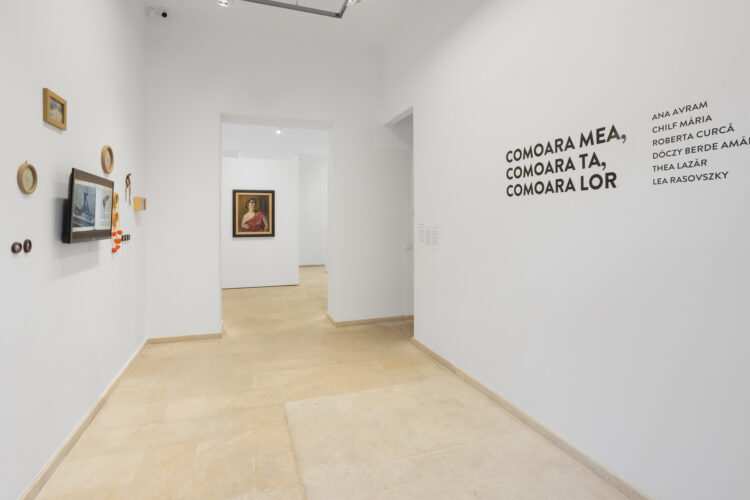
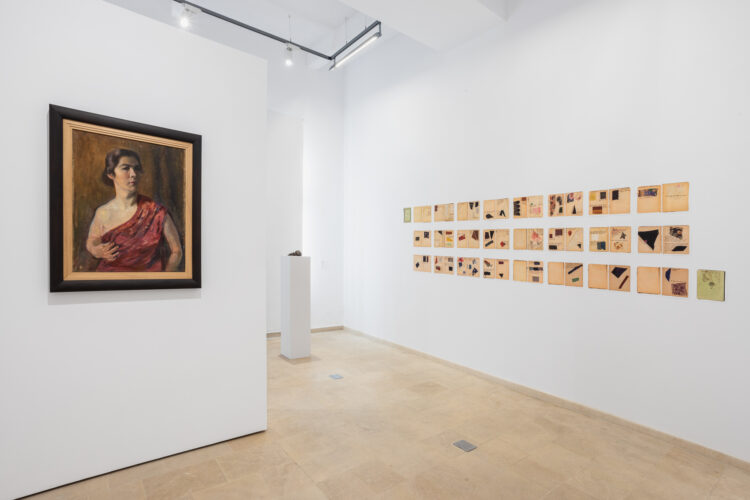
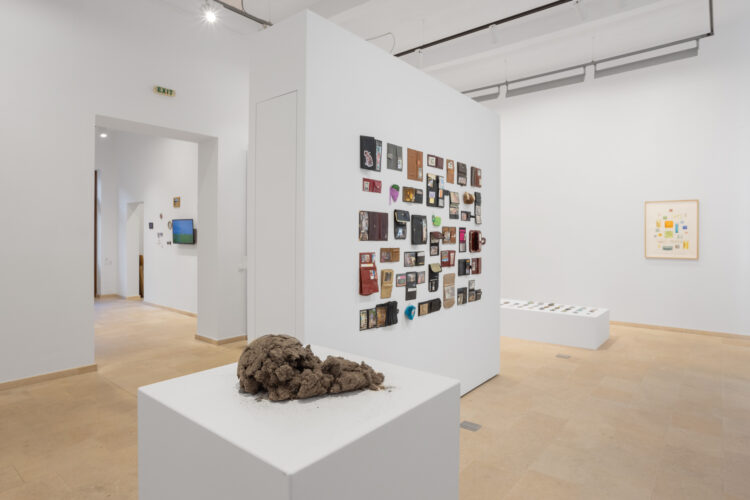
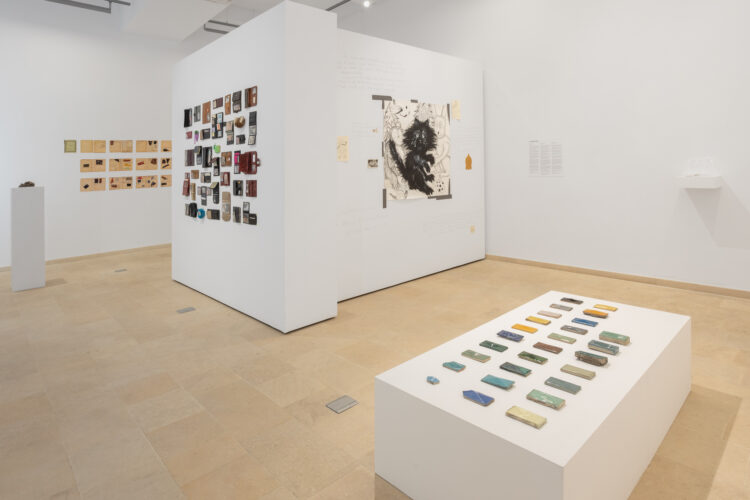
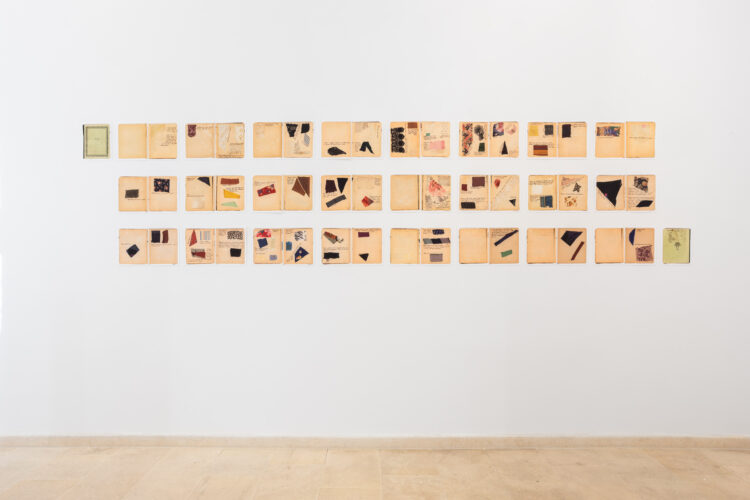
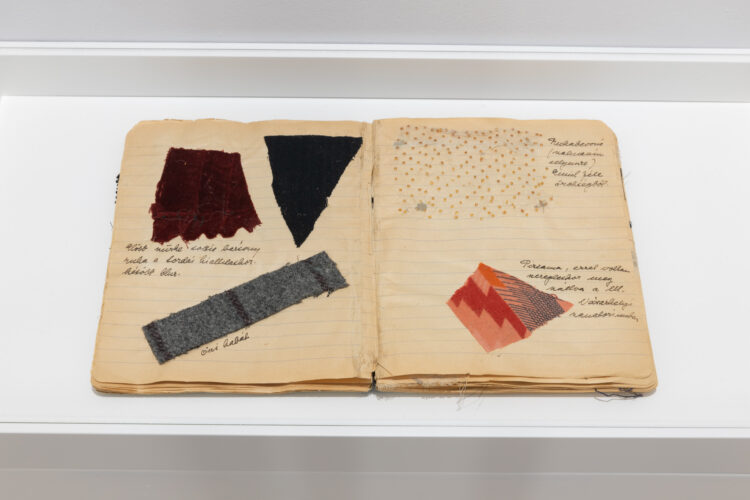
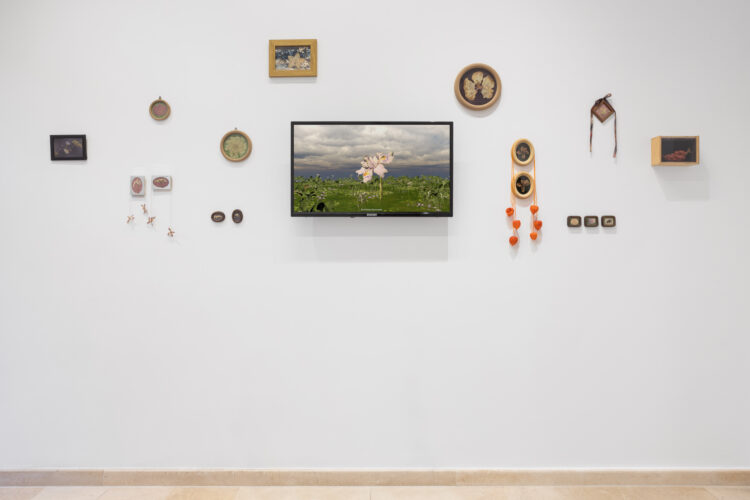
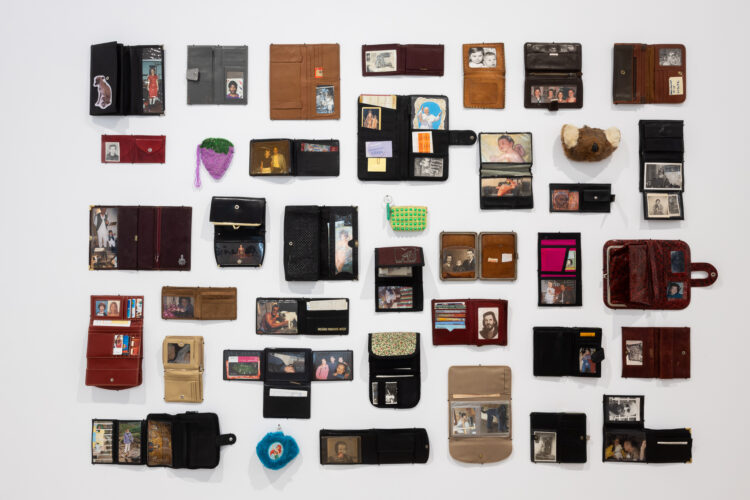
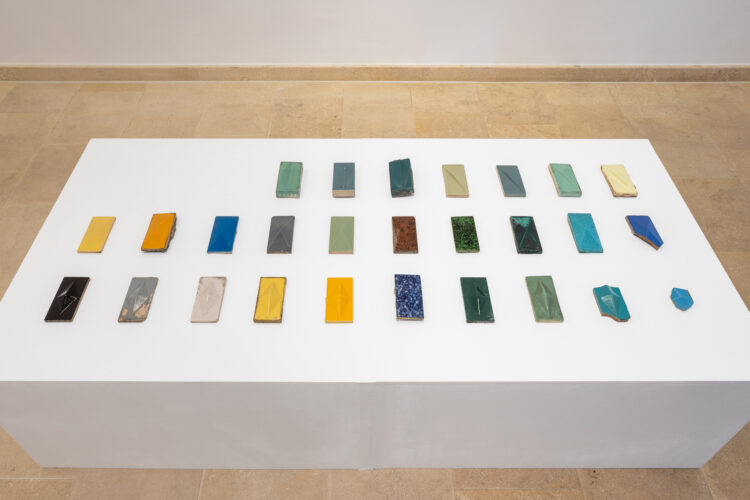
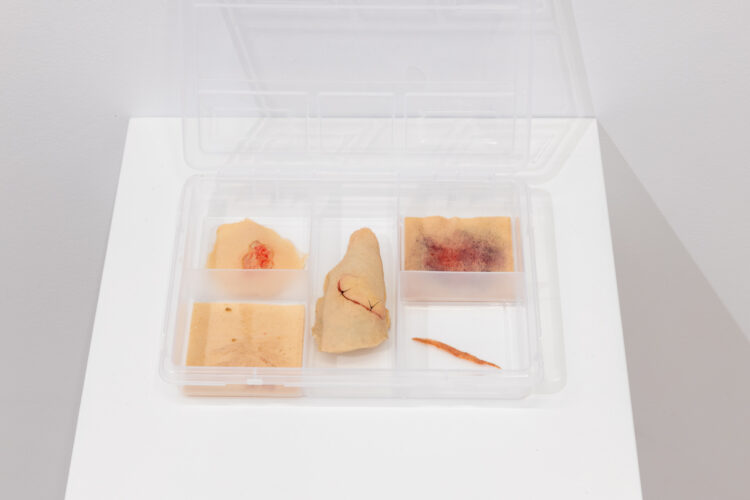
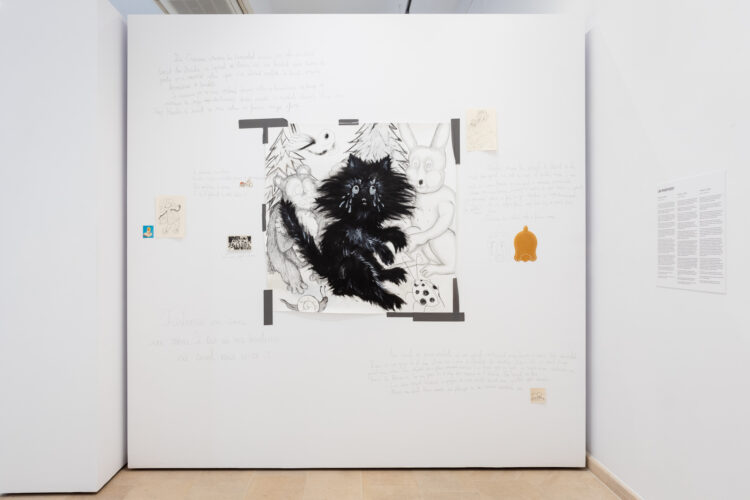
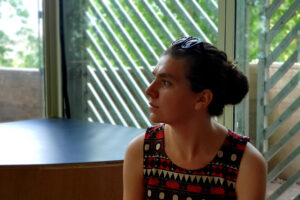
Comments are closed here.